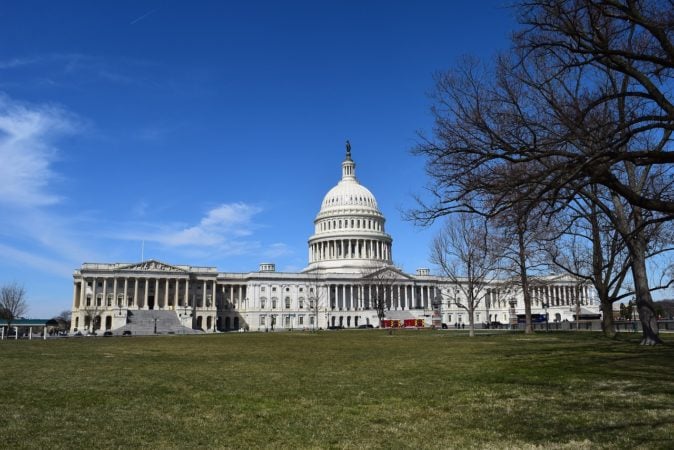TLDR
- Senator Lummis pledges crypto market structure bill will become law by 2026.
-
Bill aims to balance innovation with accountability, providing regulatory certainty for digital assets.
-
Lummis hopes to pass the bill through Senate Banking and Agriculture Committees by year-end.
-
The proposed bill builds on the CLARITY Act, passed by the U.S. House of Representatives in July.
U.S. Senator Cynthia Lummis of Wyoming has assured that the long-awaited crypto market structure bill will reach the President’s desk by 2026. Speaking at the Wyoming Blockchain Symposium in Jackson Hole, Lummis expressed confidence in the bill’s passage through the Senate by the end of the year. This comes after the U.S. House of Representatives approved the Digital Asset Market Clarity (CLARITY) Act earlier this year.
Lummis, a Republican advocate for digital asset legislation, is working alongside other Senate Republicans to shape the bill. She noted that Republicans aim to have the bill pass through the Senate Banking and Agriculture Committees by the end of September and October, respectively, before moving to the Senate floor. Lummis aims to finalize the bill by the end of 2025, ideally before Thanksgiving.
Crypto Market Structure Bill Framework
The proposed legislation, which is expected to build on the CLARITY Act passed in the House, seeks to offer a comprehensive framework for the regulation of digital assets.
Senator Lummis emphasized that the Crypto Market Structure Bill is designed to balance innovation with accountability, providing clear guidelines for how the U.S. financial regulators—such as the Securities and Exchange Commission (SEC) and Commodity Futures Trading Commission (CFTC)—should handle digital assets.
“We want to honor as much of the House’s work as we can on CLARITY,” Lummis said. The goal is to ensure that the Senate version of the bill complements the House’s work, without disrupting the momentum of its bipartisan support. The bill aims to provide the regulatory certainty that the fast-growing digital asset sector has long demanded while protecting consumers.
Building on Bipartisan Efforts: CLARITY Act’s Role
The CLARITY Act, which passed in the U.S. House of Representatives with the backing of both Republicans and 78 Democrats, served as the starting point for the Senate’s proposal.
Lummis highlighted that the Senate’s version would likely retain most of the provisions in the CLARITY Act, while adjusting and expanding them based on feedback from industry stakeholders.
This bipartisan approach reflects a growing consensus in Congress on the need for clear rules in the digital asset space. The CLARITY Act’s passage in the House represents significant progress in establishing a regulatory framework for cryptocurrencies, and its eventual adaptation in the Senate could bring much-needed stability to the sector.
Next Steps: Market Structure and Broader Crypto Legislation
Lummis also noted that the Senate would focus primarily on market structure regulation in the coming months, with an eye on finalizing the Crypto Market Structure Bill soon. Other pieces of legislation, including the GENIUS Act and the Anti-CBDC Surveillance Act, are also in play, but Lummis emphasized that market structure would be the Senate’s priority.
The GENIUS Act, which deals with stablecoin regulation, was signed into law earlier this year and is seen as a complementary piece to the broader crypto regulatory framework.
The legislative focus on market structure comes as the U.S. crypto industry continues to face regulatory uncertainties. Many in the digital asset sector are calling for clear guidelines to foster innovation while ensuring adequate consumer protection and market integrity.






